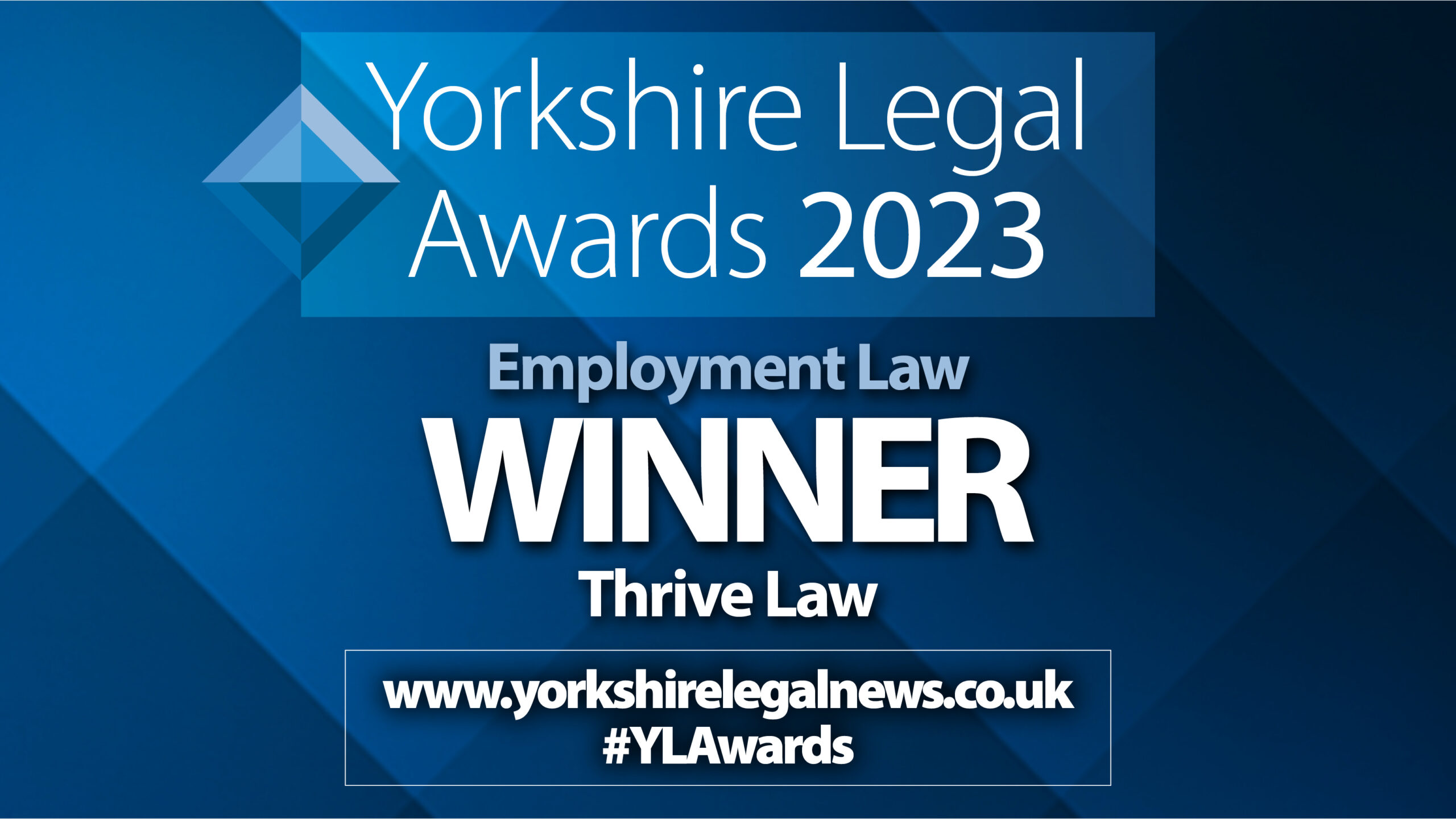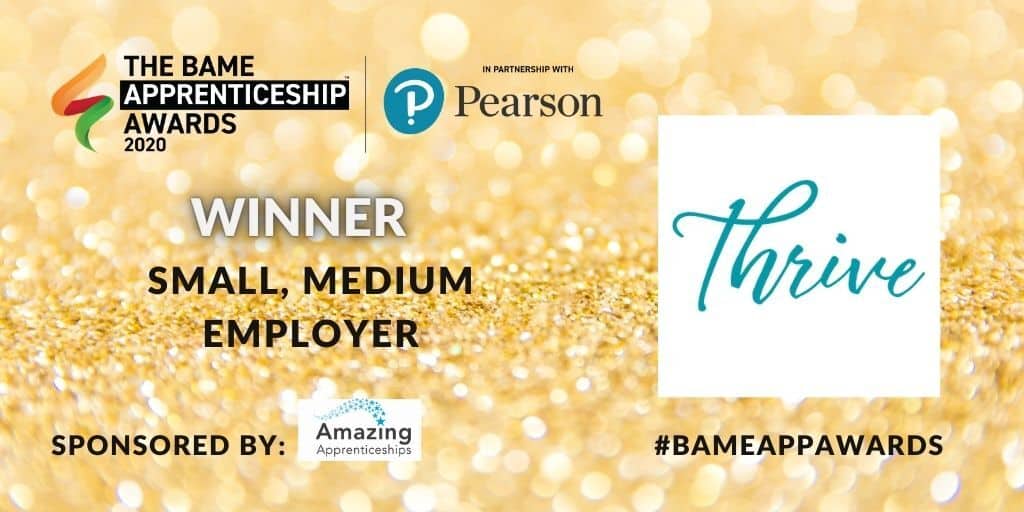As a business, it is essential you have clear rules to ensure you operate effectively. But what happens when rules are broken? How do you deal with a disciplinary process?
In this guide, we share top tips for navigating the disciplinary process.
Firstly, be clear on the type of allegations you are looking at.
From experience, there can often be some confusion between conduct issues that should be dealt with under your disciplinary procedure, and performance issues which should be dealt with under your performance management procedure (sometimes called a ‘capability procedure’).
It can be useful to think of conduct as ‘won’t do’ issues. So, your employee clearly knows the rule or process or what they should be doing and are simply not doing it. This is different to performance issues, which are ‘can’t do’, where someone needs additional training or support to achieve your expectations of them.
Initial considerations
Weigh the necessity of formal action. Is this something that you could discuss and potentially resolve with the employee by way of an informal conversation, without having the need to go down a formal disciplinary process? Or is it serious enough to warrant formal action?
Suspension
Depending on the issue that has prompted the disciplinary process, it may be appropriate to place the employee on suspension while you investigate the allegations. Please note that the decision to suspend someone should be taken with care; it’s a measure of last resort and is not intended to punish the employee. We would recommend you always seek advice before suspending an employee as this can have consequences if the circumstances do not warrant suspension.
Investigations
It is important that you carry out a full and fair investigation, which usually includes a meeting with the employee. This is an important part of a disciplinary process as you need to collate all the relevant evidence to be able to make a decision whether the alleged conduct warrants a formal disciplinary hearing. No sanction should be issued following an investigation meeting, this can only be done after a formal disciplinary hearing.
Witness anonymity
As part of the disciplinary process, you may need to seek evidence from witnesses. While you can aim to protect the anonymity of a witness if they specifically ask you to, you should remember the accused employee has the right to fully understand the allegations against them and what investigations have been done. It can sometimes be difficult to guarantee anonymity if, for example, there were only a few people who witness an incident, or if a witness statement would give away their identity.
Invite to formal disciplinary hearing
You must clearly communicate to the employee what the allegations against them are, what the potential sanction is if it is decided that the allegations are founded and ensure that they are given adequate notice to prepare ahead of the hearing. You must also provide them with copies of the evidence you have collated along with a copy of your disciplinary procedure and advise them of their right to be accompanied at the hearing.
Postponements and absences
There may be certain situations where you need to postpone or reschedule the hearing, ie, if they are off sick or if their chosen companion is unable to attend at the scheduled time. Each situation will depend on its own set of facts.
The disciplinary hearing
Where possible, the hearing should be chaired by someone who was not involved in the investigation. At the hearing, you should listen to the employee’s version of events. Depending on what the employee says, you may need to pause the hearing and reconvene at a later date, once you have done further investigations.
Decision
You should make a decision based on the evidence and discussion you have had with the employee. You can also consider any live warnings on their record when considering the appropriate sanction. The decision should be communicated to the employee in writing, setting out their right to appeal.
Appeal
The employee has the right to appeal, and such appeal must be heard by someone independent who has not been involved in the investigation/hearing.
The above is a guide to help you navigate the disciplinary process, but please reach out to the Outsourced HR and Employment Law Support team here at Thrive via [email protected] for a more tailored approach as each case will be different.
Sign up to our monthly newsletter if you would like to have guides like this sent straight to your inbox.
Disclaimer
Please note this blog is for reference purposes only and is only accurate at which the date it was published. It does not constitute legal advice and should not be relied upon as such. Specific Legal advice about your specific circumstances should always be sought separately before taking or deciding not to take any actions. Please contact us if you have any questions on [email protected].









